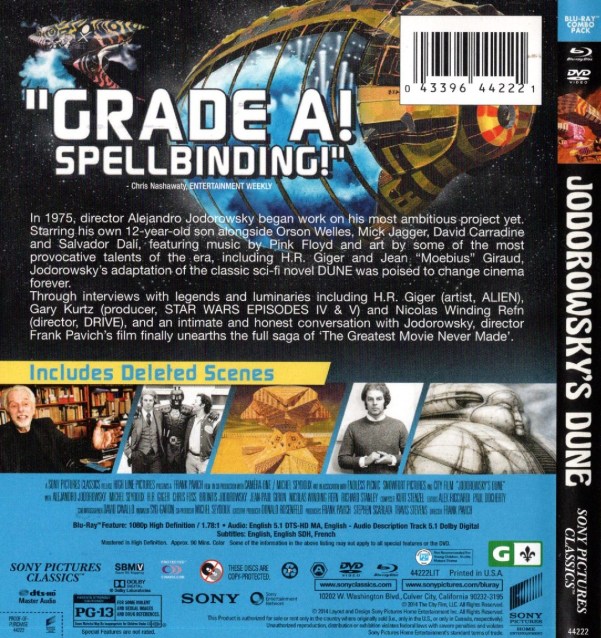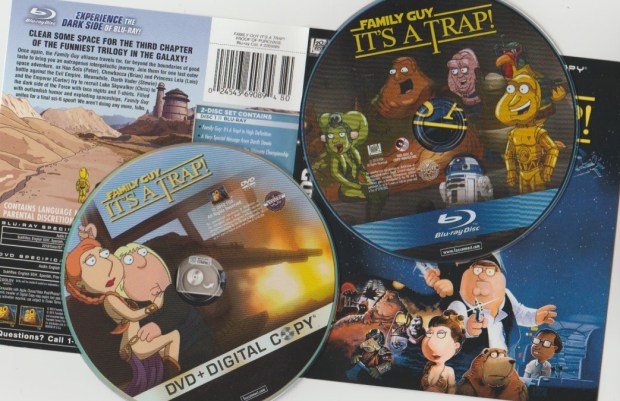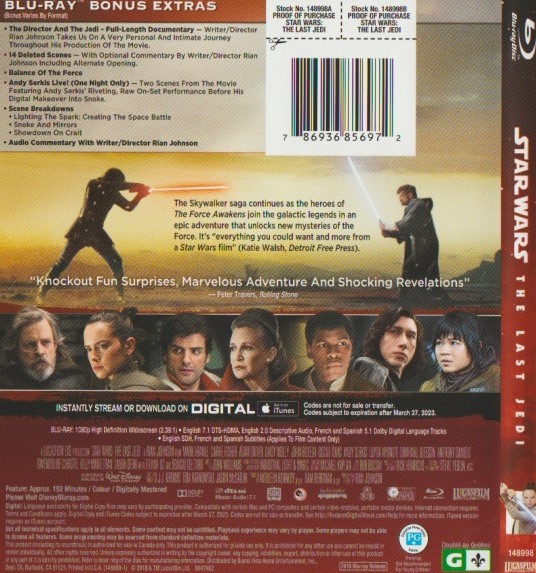RUSH – A Farewell to Kings (2017 Anthem 3CD/1 Blu-ray/4 LP super deluxe edition, originally 1977)
And the men who hold high places,
Must be the ones who start,
To mold a new reality,
Closer to the heart,
Closer to the heart.
Today’s rock fans have a new reality of their own: a market flood of “anniversary” or “deluxe” reissues far and wide. The floodwaters are murkier when multiple editions of the same reissue are available, or when reissues are deleted in favour of new reissues!
2017 represents 40 years of Rush’s fine sixth album A Farewell to Kings. An anniversary edition was guaranteed, but choose wisely. For those who need the brilliant new 5.1 mix by Steven Wilson, you will have to save up for the 3CD/1 Blu-ray/4 LP super deluxe edition. Only that massive box set contains the Blu-ray disc with Wilson’s mix.
To frustrate fans even further, A Farewell to Kings had a 5.1 reissue back in 2011, as part of the Sector 2 box set. That 5.1 mix (by Andy VanDette) has received heavy scrutiny from audiophiles. Steven Wilson, however, is well known for his work in the 5.1 field, and his work on the 40th anniversary mix lives up to his reputation. His crisp mix is deep but unobtrusive. It is occasionally surprising but always stunning, and over seemingly way too soon. The separation of instruments is done with care, and without robbing the music of its power. Rush albums were fairly sparse back then but Wilson managed to make a full-sounding mix out of it.

Powerful is A Farewell to Kings indeed. Though the title track opens with gentle classical picking, before long you’re in the craggy peaks of Mount Lifeson, with heavy shards of guitar coming down. Young Geddy’s range and vibrato are remarkable, though for some this is the peak of Geddy’s “nails on a chalkboard” period.
11 minutes of “Xanadu” follows the trail of Kublai Khan. “For I have dined on honeydew, and drunk the milk of paradise!” Neil Peart’s lyrics rarely go down typical roads, and “Xanadu” surely must be listed with Rush’s most cherished epics. Volume swells of guitar soon break into new sections unfolding as the minutes tick by.
“Closer to the Heart” is the most commercial track, never dull, never getting old, never ceasing to amaze. “Woah-oh! You can be the captain and I will draw the chart!” Poetry in motion. “Closer to the Heart” may be the most timeless of all Rush songs.
“Cinderella Man” and “Madrigal” live in the shadow of “Closer to the Heart”, always there but not always remembered. (Ironically enough, both these tracks were covered by other artists in the bonus tracks.) “Madrigal” acts as a calm before the storm: a cosmic tempest called “Cygnus X-1”. Another great space epic by Rush cannot be quantified in language. As it swirls around (even better in 5.1), you’re transported across the universe by the black hole Cygnus X-1. Peart hammers away as Lifeson and Geddy riff you senseless.

The blacksmith and the artist,
Reflect it in their art,
They forge their creativity,
Closer to the heart,
Yes closer to the heart.
Next, Rush forged their creativity on the road. They recorded their London show on February 20, 1978 at the Hammersmith Odeon. Previously, 11 songs from this show were released as a bonus CD on the live Rush album Different Stages. This newly mixed version adds intro music, the missing three songs and the drum solo. (The missing songs were “Lakeside Park”, “Closer to the Heart”, and all 20 minutes of “2112”.) Because this set has all the songs in the correct order, the old Different Stages version is obsolete.
Opening with “Bastille Day”, the London crowd is into the show from the start. They cheer for the familiar “Lakeside Park”, which is followed by “By-Tor & the Snow Dog”. This early Rush material is as squealy as Geddy has ever sounded. He’s pretty shrill but Rush are tight. It gets more adventurous when “Xanadu” begins, and from there into “A Farewell to Kings”. Hearing Rush do all this live helps drive home just how talented they are. The powerful set rarely lets up, as it relentlessly works its way through early Rush cornerstones. “Working Man”, “Fly By Night” and “In the Mood” are played in quick succession, but is “2112” that is the real treasure here. Anthems of the heart and anthems of the mind; classics all.

Philosophers and plowmen,
Each must know his part,
To sow a new mentality,
Closer to the heart,
Yes, closer to the heart.
What about bonus tracks? You got ’em. As they did for 2112, Rush invited guests to contribute bonus covers, and each does their part. Headlining these are progressive metal heroes Dream Theater with their own version of “Xanadu”. Dream Theater really don’t do anything small, so why not an 11 minute cover? Mike Mangini is one of the few drummers who could do justice to such a song — well done! Big Wreck do a surprisingly decent take on “Closer to the Heart”. Not “surprisingly” because of Big Wreck, but “surprisingly” because you don’t associate Big Wreck with a sound like that. Ian Thornley ads a little banjo and heavy guitars to “Wreck” it up a bit. His guitar solo is shredder’s heaven. The Trews’ take on “Cinderella Man” is pretty authentic. Did you know singer Colin MacDonald could hit those high notes? He does! Alain Johannes goes last with “Madrigal”, rendering it as a somber tribute to the kings.
The last of the bonus tracks is a snippet of sound called “Cygnus X-2 Eh”. This is an extended and isolated track of the ambient space sounds in “Cygnus X-1”. Steven Wilson speculated it might have been intended for a longer version of the song.

Whoa-oh!
You can be the captain,
And I will draw the chart,
Sailing into destiny,
Closer to the heart.
Box sets like this always come with bonus goodies. The three CDs are packaged in a standard digipack with extensive liner notes and photos. Four 180 gram LPs are housed in an upsized version of this, with the same booklet in massive 12″ x 12″ glory. The LP package alone is 3/4″ thick!
A reproduction of the 1977 tour program is here in full glossy glory. This contains an essay called “A Condensed Rush Primer” by Neil. Additionally, all three members have their own autobiographical essay and equipment breakdown. Alex Lifeson’s is, not surprisingly, pretty funny. Things like this make a tour program more valuable and as a bonus, this is a great addition to a box set. Digging further, there are two prints of Hugh Syme pencil sketches. These works in progress are interesting but it’s unlikely you’ll look at them often. The turntable mat is also just a novelty. Perhaps the goofiest inclusion is a little black bag containing a necklace with a Rush “king’s ring” attached to it. Wear it to work next casual Friday!
Whatever edition of A Farewell to Kings you decide to own (the most logical is the simple 3 CD anniversary set), you can rest assured you are buying one of the finest early Rush albums. If you have the wherewithall to own the super deluxe with 5.1 Steven Wilson mix, then let the photo gallery below tempt you.
4.5/5 stars

















































